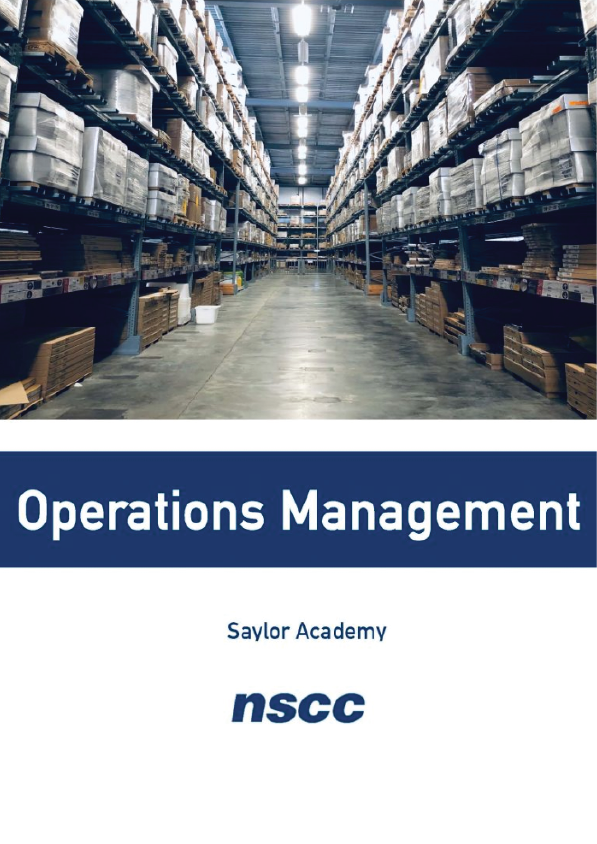Operations management is a vast topic but can be bundled into a few distinct categories, each of which will be covered in later units. (It should be noted, however, that entire courses could be devoted to each of these topics individually.) Because most people do not work in a formal operations department, we will begin with an overview of operations management itself. The top manager of an operations department is usually called the Director of Operations. Most operations departments will report to a Chief Operating Officer (COO), who reports to the Chief Executive Officer (CEO). The COO is often considered the most important figure in a firm, next to the CEO.
The history of operations management can be traced back to the industrial revolution, when production began to shift from small, local companies to large-scale production firms. One of the most significant contributions to operations management came in the early 20th century, when Henry Ford pioneered the assembly line manufacturing process. This process drastically improved productivity and made automobiles affordable to the masses. Understanding the motivations behind innovations of the past can help us identify factors that may motivate individuals in the future of operations management.
The Goal of Operations Management
The goal of operations management is to maximize efficiency while producing goods and services that effectively fulfill customer needs.
Countless operating decisions must be made that have both long- and short-term impacts on the organization’s ability to produce goods and services that provide added value to customers. If the organization has made mostly good operating decisions in designing and executing its transformation system to meet the needs of customers, its prospects for long-term survival are greatly enhanced.
For example, if an organization makes furniture, some of the operations management decisions involve the following:
- purchasing wood and fabric,
- hiring and training workers,
- location and layout of the furniture factory,
- purchase cutting tools and other fabrication equipment.
If the organization makes good operations decisions, it will be able to produce affordable, functional, and attractive furniture that customers will purchase at a price that will earn profits for the company.
The Role of Operations Management in the Organization
Operations is one of the three strategic functions of any organization. This means that it is a vital part of accomplishing the organization’s strategy and ensuring its long-term survival. The other two areas of strategic importance to the organization are marketing and finance. The operations strategy should support the overall organization strategy. Many companies prepare a 5-year pro-forma to assist in their operation planning. The pro forma uses information from past and current financial statements in an effort to predict future events such as sales, and capital investments.
Strategic Versus Tactical Operations Decisions
Operations decisions include decisions that are strategic in nature, meaning that they have long-term consequences and often involve a great deal of expense and resource commitments.
- Strategic operations decisions include the following:
- facility location decisions,
- the type of technologies that the organization will use,
- determining how labor and equipment are organized,
- how much long-term capacity the organization will provide to meet customer demand.
Tactical operations decisions have short to medium term impact on the organization, often involve less commitment of resources, and can be changed more easily than strategic decisions. The following are some tactical decisions: - workforce scheduling,
- establishing quality assurance procedures,
- contracting with vendors,
- managing inventory.
Strategic and tactical operations decisions determine how well the organization can accomplish its goals. They also provide opportunities for the organization to achieve unique competitive advantages that attract and keep customers.











